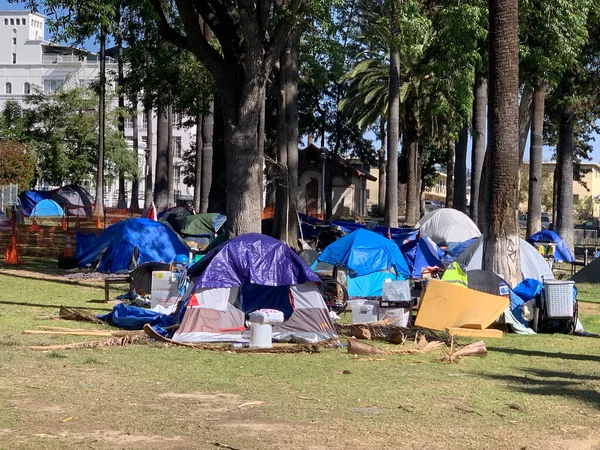
What is it when the state of the nation’s greatest success is also the state of its least habitability? California, the place that everyone once thought of as representing opportunity, is now being priced out by a cost phenomenon that is expelling hundreds of thousands. The numbers are stark a 2025 median house price of nearly $910,000, monthly payments of just over $5,900 on average, and a cost-of-living index in the top three for the United States. These are not theoretical numbers they’re the price points that decide who moves in and who moves out.
Operating behind the numbers is a complex of policy choices, market manipulations, and infrastructure problems decades in the making. From zoning schemes that ensnare massive tracts of land in single-family homogeneity to eco-regulations converted into delay mechanisms, the state’s housing and cost-of-living crisis is as much a product of governance as it is a product of economics. The next nine drivers reveal the structural forces that are shaping California’s affordability problem and why solutions are elusive.
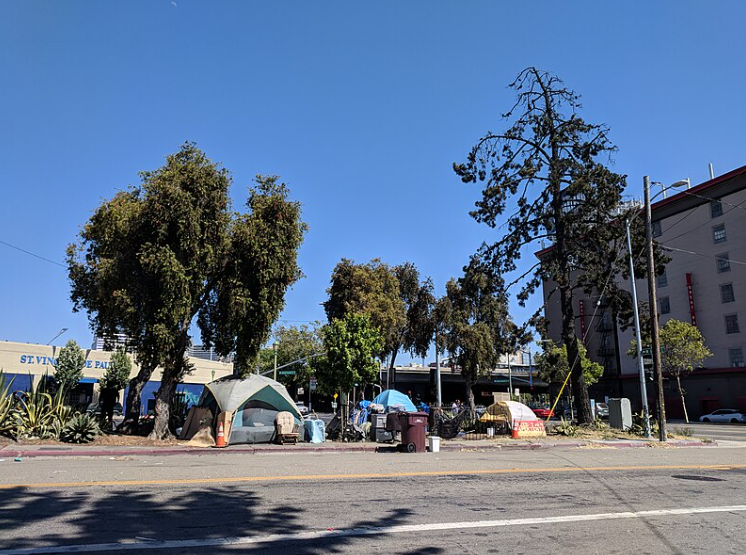
1. A Housing Supply Decades Behind Demand
California has been constructing far fewer homes than it has needed for the past decade, falling short of job and population growth. In some metropolitan areas, such as San Francisco, 400,000 new jobs were added in five years while only 60,000 housing permits were issued. By 2023, barely 16% of Californians were able to purchase a median-priced home, and the housing shortage in the state was an estimated 3.85 million units close to 27% of its total inventory. This is not a market peculiarity it is a byproduct of cumulative exclusionary land use, frozen permitting, and political resistance to density.
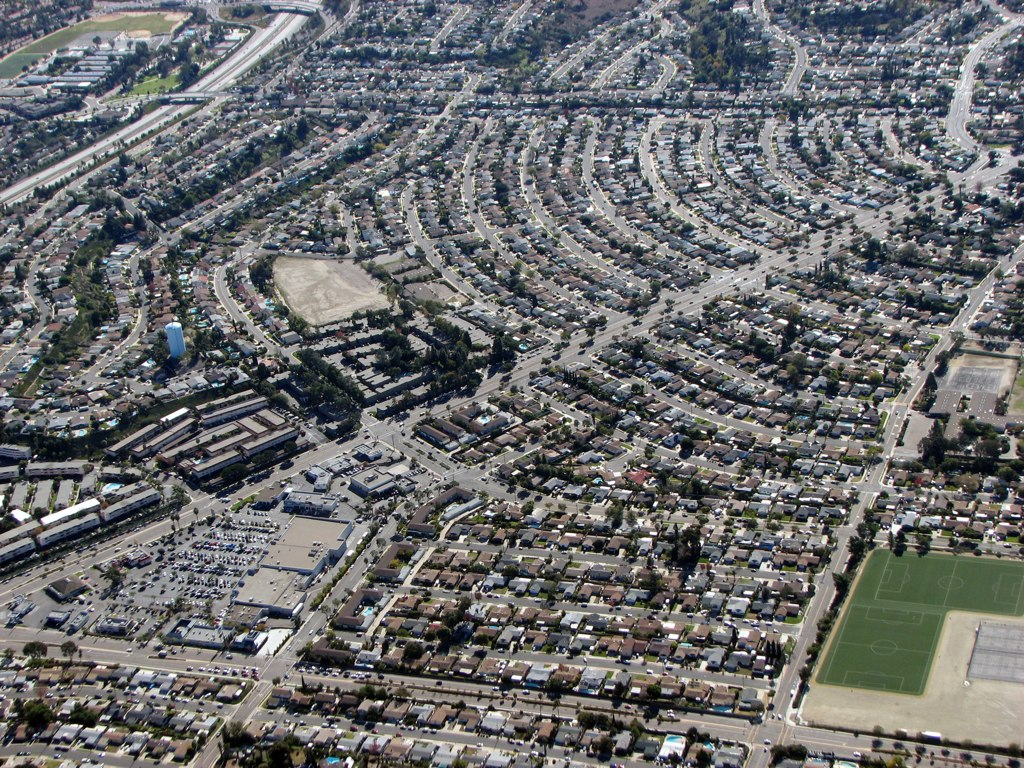
2. Zoning That Excludes Density
A research conducted by UC Berkeley’s Othering & Belonging Institute concluded that 95.8% of the residential land in California is zoned for single-family residential purpose, dropping to 82% when rural unincorporated territory is excluded. Such zoning not only restricts supply where it is needed most but also follows racial and economic segregation. The most regulated jurisdictions have higher median incomes and disproportionately are composed of whites. Cities like Austin, where density was legalized and parking demands were lowered, have seen rents fall evidence that policy reforms can deliver measurable affordability gains.
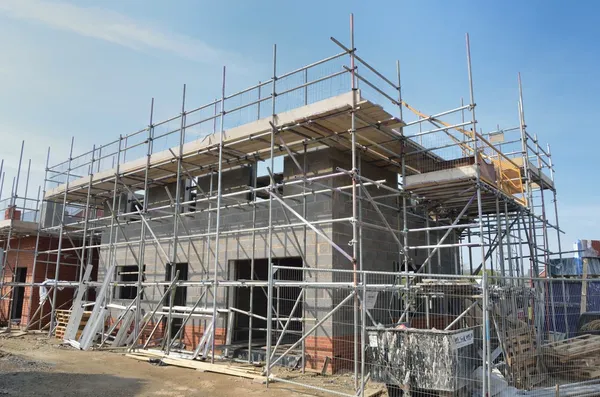
3. CEQA’s Transformation into a Development Roadblock
The California Environmental Quality Act, which was aimed at safeguarding ecosystems, has become a powerful tool for slowing down urban housing. In large cities, CEQA appeals delay projects an average of 2.5 years, impacting only about 13% of environmental group lawsuits. Recent legislative changes now exempt most urban infill housing from CEQA, a move termed “the single biggest obstacle to constructing environmentally sustainable housing” that has been removed by Assemblymember Buffy Wicks. Whether this will really accelerate building is not yet known, but the reform is a landmark in the state’s housing politics.

4. Proposition 13’s Perverse Incentives
Proposition 13, ever since its enactment in 1978, has capped property tax increases, creating enormous disparities between long-time property owners and new buyers. Newcomers in most cities pay more than double the property taxes of comparable long-time owners. This “lock-in effect” discourages people from moving, reduces housing turnover, and incentives municipalities to favor commercial developments generating sales tax revenues over residential construction. While policy originally kept seniors and fixed-income home owners in homes, it now shields investment properties and second homes from reassessment and restricts supply even further.
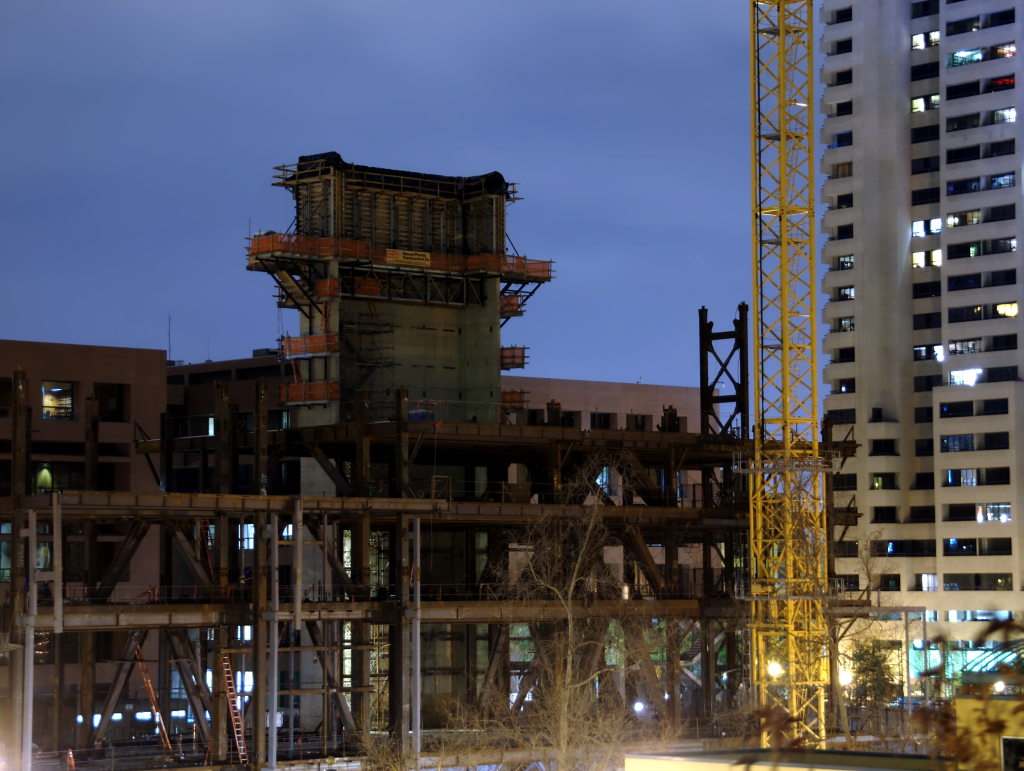
5. The Cost Spiral in Construction
Between 2010 and 2020, California multifamily housing construction costs rose about 25%, with increasing increments of 9% or more a year in larger metros in the early 2020s. Land prices, labor shortages, and permitting delays all play a role, but material prices punctuated by pandemic-affected supply chains have been especially volatile. Affordable housing projects cost more per unit to construct than market-rate production due to prevailing wage requirements and additional regulatory overlays. These pressure charges push developers to high-end projects, lowering availability for middle-and low-income households.

6. Power Prices and an Aging System
The average residential electricity price in California is 31.6¢/kWh, with PG&E customers paying an average of 46.8¢ nearly double the national average. More than 70% of transmission infrastructure is older than 25, and wildfire liabilities have contributed billions in costs. Utilities are held strictly liable under the state’s inverse condemnation doctrine, meaning they may be held responsible for wildfire losses even if they are not negligent. Rebuilding the grid, putting wires underground in fire hazard zones, and adding storage capacity are essential to lowering both wildfire danger and home energy bills.
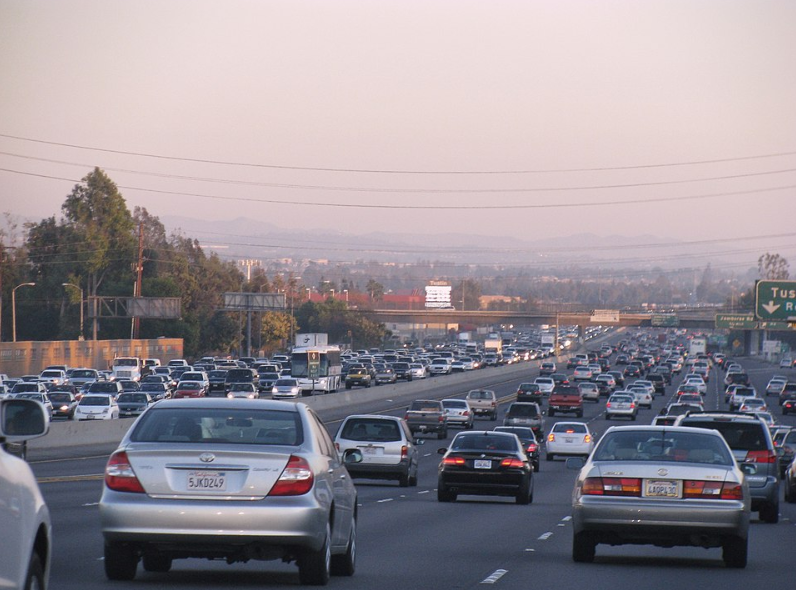
7. The Geography of Long Commutes
With coastal living in short supply and pricey, employees are relocating inland to Stockton, Modesto, and Riverside, fueling a tide of “super-commuters” commuting 90 minutes or more each way. Transportation is the state’s largest source of greenhouse emissions. The trend not only erodes quality of life but also climate goals, as the inefficiencies of sprawl increase car miles traveled and strain infrastructure. The economic arithmetic for the masses is simple relocating to places like Texas or Arizona can cut housing costs in half instantly.

8. Attempts at Reform and What They Can Do
Streamlining laws such as SB 35 reduced approval times for qualified projects Los Angeles brought median approval of some affordable projects down from seven months to 2.7 months but their size is still capped. SB 423 renewed these provisions until 2036 and made them available to more projects, but total production is still a long way from the 315,000 units per year needed to achieve state goals. Local resistance, cost, and limited land zoned for multifamily housing diminishes the impact of these reforms.
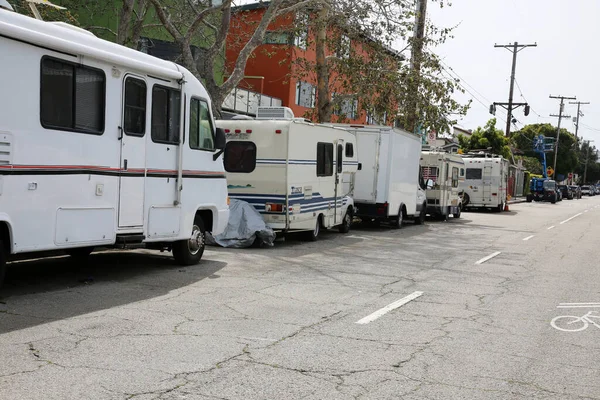
9. Outmigration and the Political Calculus
California lost a net 407,000 residents to other states from July 2021 to July 2022, including a growing percentage of college-educated employees. Surveys indicate housing costs are a primary driver, with politics mattering to some. While weather and economic opportunity still draw people, the affordability crisis of the state has the potential to erode its tax base and political influence California lost a congressional seat after the 2020 Census. Policy makers need to find a way to balance protecting environmental and social factors with preventing further economic and demographic leakage.
California’s affordability crisis is the product of intersecting systems zoning rules that restrict land, environmental review that slows development, tax policies that discourage turnover, and infrastructure cost that is driven by housing. Each element separately would be challenging; together, they form a self-perpetuating scarcity and expense regime. Breaking that vicious circle requires sustained political will, coherent reforms, and a willingness to defy conventional thinking on growth, density, and equity. Without such changes, the state’s much-hyped promise will remain within the reach of the elite alone.

